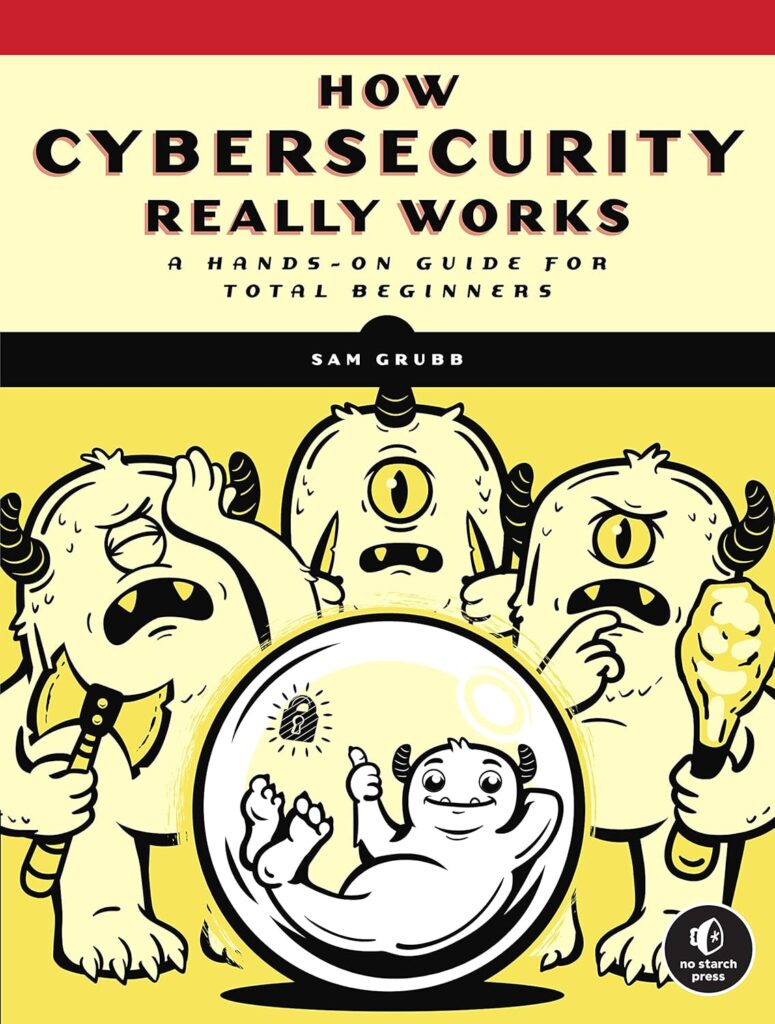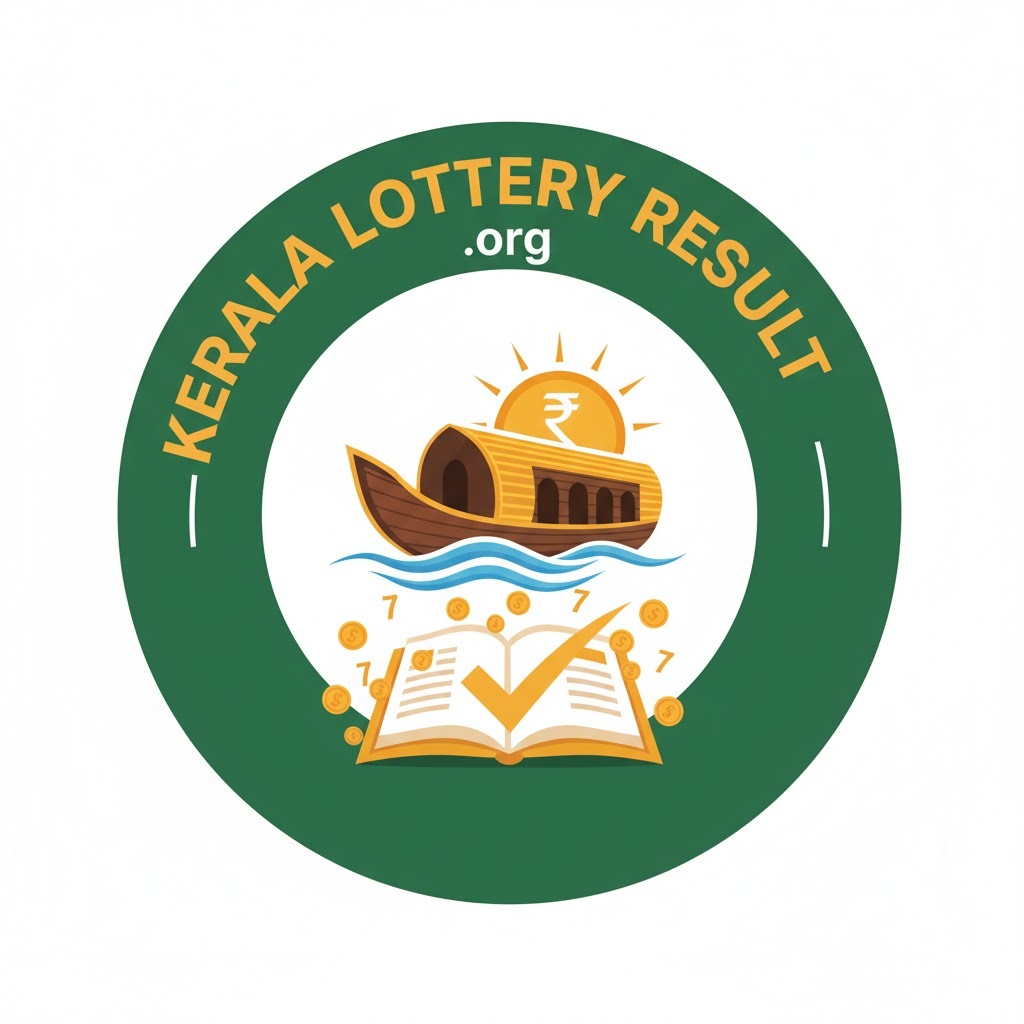Mastering Statistics as a Data Scientist
Mastering Statistics as a Data Scientist, a solid grasp of statistics is pivotal. Whether you’re interpreting trends, designing experiments, or validating machine learning models, statistics equips you with the framework needed for informed decision-making.
However, diving into the world of statistics can often feel daunting.
Mastering Statistics as a Data Scientist
This article serves as an SEO-friendly stats playbook, offering actionable tips and practical tools to streamline your journey. Let’s get started!
1. Assemble Your Essential Statistical Toolkit
Having the right tools at your disposal can significantly enhance your statistical workflow. Here’s a closer look at the essentials:
Excel
Don’t underestimate the power of Excel or Google Sheets! They’re invaluable for quick calculations, creating basic visualizations, and generating pivot tables, even if you prefer Python for deeper statistical analysis.
Python
Python is a fantastic option for statistical analysis, boasting a rich suite of libraries. Focus on:
- NumPy and pandas for data manipulation and analysis
- Seaborn for data visualization
- statsmodels, SciPy, and Pingouin for statistical modeling and hypothesis testing.
R
If you’re delving deep into statistical modeling, R is a strong contender. Familiarize yourself with key packages like ggplot2 for visualization and dplyr for data manipulation.
💡 Tip: Start with one programming language (Python is an excellent choice) and explore the basics of other tools as needed.
2. Prioritize Statistical Fundamentals
Statistics isn’t about rote memorization; it’s about grasping core concepts. A solid foundation will empower you to tackle a wide array of challenges. Focus on these crucial areas:
Descriptive Statistics
- Central Tendency: Understand mean, median, and mode.
- Dispersion: Learn about range, variance, and standard deviation.
Inferential Statistics
- Hypothesis Testing: Assess the statistical significance of your results.
- Confidence Intervals: Determine the reliability of your estimates.
- Probability: Familiarize yourself with concepts like conditional probability and Bayes’ theorem, as well as common discrete and continuous distributions.
💡 Tip: Practice these concepts with real-world datasets to solidify your understanding.
3. Adopt a Problem-Centric Approach
In data science, it’s easy to get caught up in algorithms and equations. Instead, focus on the problem at hand. Here’s a step-by-step guide to problem-centric statistical thinking:
- Understand the Context: Investigate the background of the problem—who are the stakeholders and what are their goals?
- Define the Question: Phrase the problem in measurable terms. For instance, rather than asking, “Why were last quarter’s sales low?” reframe it as, “What factors influenced sales performance last quarter?”
- Choose Metrics: Identify appropriate metrics for evaluation, including percentages or specific hypothesis test results.
- Select the Method: Based on your question and metrics, choose the right statistical methods. For example, correlation analysis is suitable for exploratory questions, while regression is ideal for forecasting.
- Iterate and Refine: Analyze results, test for consistency, and adjust your approach as needed.
💡 Tip: Share your findings with your team regularly to ensure alignment with overall objectives and to encourage collaborative problem-solving.
4. Avoid Common Statistical Traps
Even experienced data scientists can fall into statistical traps. Here’s how to navigate these pitfalls:
- Misinterpreting P-Values: A p-value of less than 0.05 does not automatically indicate significance—it’s all about context.
- Overfitting vs. Underfitting: Strike the right balance when modeling. Complex models may catch noise, while simple models might miss critical relationships.
- Ignoring Assumptions: Be aware of any underlying assumptions of your statistical tests, such as normality or equal variances. Validate these before applying methods.
- Cherry-Picking Data: Always use a comprehensive dataset; selecting only favorable data skews results.
💡 Tip: Regularly reassess your methods by discussing them with peers and conducting sanity checks on your results.
5. Navigate Everyday Statistical Challenges
In your daily work, you’ll face specific challenges that can hinder effective statistical analysis. Here’s how to proactively address them:
- Data Quality Issues: Ensure thorough preprocessing to avoid issues from incomplete or messy data.
- Bias in Sampling: Document your sampling methods and remain aware of potential biases in your results.
- Communicating Insights: Simplify your findings into clear visuals and actionable recommendations. Use storytelling techniques to relate data to stakeholder concerns.
- Over-Reliance on Models: Be sure to highlight the limitations of your models, addressing underlying assumptions and uncertainties.
💡 Tip: Create standardized templates for reports and presentations to improve communication effort.
Conclusion: Your Path to Statistical Mastery
Becoming proficient in statistics as a data scientist isn’t merely about formulas and tools; it’s about leveraging critical thinking and problem-solving skills.
By building a solid toolkit, focusing on fundamentals, and avoiding common pitfalls, you’ll transform into a data scientist who doesn’t just crunch numbers but truly understands the story behind them.
Start your journey toward statistical mastery today!
Statistical Analysis» Statistics Methods » Quick Guide » FINNSTATS




